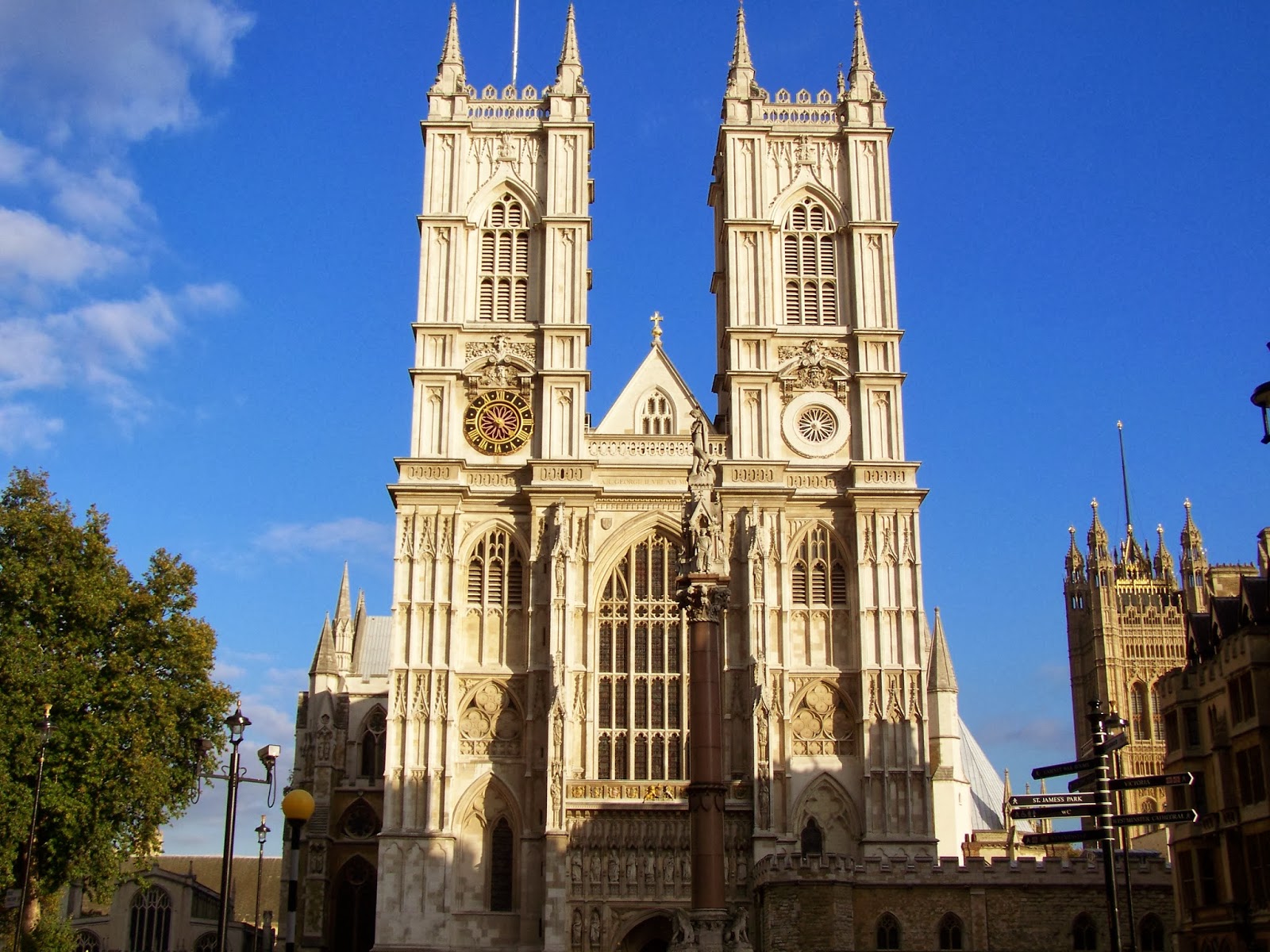The Abbey has long been a subject of fascination and reverence in various cultures around the world. This article explores the rich history, architectural significance, and cultural impact of The Abbey, making it an essential read for anyone interested in religious architecture or historical sites. From its origins to its present-day relevance, we will delve deep into what makes The Abbey a remarkable landmark.
The Abbey is not just a building; it is a symbol of faith, community, and history. Across different regions, abbeys have served as centers of worship, learning, and refuge. Understanding the multifaceted nature of The Abbey allows us to appreciate its role in shaping societies and cultures over centuries. This article will cover various aspects of The Abbey, including its architectural features, historical events, and its significance in contemporary society.
In this guide, we will take you through the many layers of The Abbey, offering insights that are both informative and engaging. Whether you are planning a visit, researching for academic purposes, or simply curious about its cultural standing, this article aims to provide a thorough overview of The Abbey and its place in history.
Table of Contents
- 1. History of The Abbey
- 2. Architectural Features of The Abbey
- 3. Cultural Significance of The Abbey
- 4. Notable Events at The Abbey
- 5. Visiting The Abbey
- 6. Famous Abbeys Around the World
- 7. The Abbey in Pop Culture
- 8. Conclusion
1. History of The Abbey
The history of The Abbey is rich and varied, with roots that can be traced back to the early Christian period. Initially established as a place of worship, The Abbey has evolved significantly over the years.
1.1 Origins and Establishment
The first abbeys were founded in the 4th century, primarily as monastic communities. These early structures were simple, yet they served as sanctuaries for monks and nuns dedicated to a life of prayer and service.
1.2 Development Through the Ages
Throughout the Middle Ages, The Abbey witnessed significant architectural renovations and expansions. Many abbeys became centers of learning and culture, attracting scholars and artists alike. This period marked the beginning of The Abbey's influence on European culture.
2. Architectural Features of The Abbey
The architectural design of The Abbey is one of its most captivating aspects. With various styles reflecting the periods of construction, The Abbey stands as a testament to human creativity and engineering.
2.1 Gothic Architecture
Many abbeys are known for their stunning Gothic architecture, characterized by pointed arches, ribbed vaults, and flying buttresses. These elements not only enhance the aesthetic appeal but also provide structural integrity.
2.2 Baroque and Neoclassical Elements
In later centuries, Baroque and Neoclassical styles were incorporated into the design of The Abbey. These additions reflect the evolving tastes and artistic movements of their respective periods, making The Abbey a palimpsest of architectural history.
3. Cultural Significance of The Abbey
The Abbey holds immense cultural value, acting as a beacon of hope and community for many. Its role extends beyond mere worship to encompass various aspects of social and cultural life.
3.1 Community Center
For many local communities, The Abbey serves as a gathering place for important events, from weddings to festivals. This central role in community life underscores the importance of The Abbey as a social hub.
3.2 Education and Learning
Historically, many abbeys have been centers of learning. They often housed libraries and schools, contributing to the education of countless individuals throughout the ages.
4. Notable Events at The Abbey
Throughout its history, The Abbey has been the site of many significant events that have shaped its legacy.
4.1 Royal Ceremonies
Many abbeys have hosted royal ceremonies, including coronations and weddings. These events highlight the abbey's connection to national identity and historical legacy.
4.2 Cultural Festivals
Various cultural festivals are held at The Abbey, celebrating local traditions and arts. These events attract visitors from near and far, enhancing the abbey's role as a cultural landmark.
5. Visiting The Abbey
If you're planning to visit The Abbey, there are several factors to consider to make the most of your experience.
5.1 Opening Hours and Admission Fees
Most abbeys have specific opening hours and may charge admission fees. It is advisable to check their official website for the most accurate information.
5.2 Guided Tours
Many abbeys offer guided tours that provide insights into their history and architecture. These tours are often led by knowledgeable guides who can answer questions and provide a deeper understanding of The Abbey's significance.
6. Famous Abbeys Around the World
There are many famous abbeys globally, each with its unique story and architectural style.
6.1 Westminster Abbey, London
Westminster Abbey is renowned for its Gothic architecture and has been the site of numerous royal ceremonies.
6.2 Abbey of Monte Cassino, Italy
This historic abbey is known for its stunning views and significant role in the history of Western monasticism.
7. The Abbey in Pop Culture
The influence of The Abbey extends into popular culture, appearing in literature, film, and art.
7.1 Literature
Many authors have drawn inspiration from the mystique and history of abbeys, weaving them into their narratives.
7.2 Film and Television
Hollywood has often depicted abbeys as settings for drama and intrigue, showcasing their architectural beauty and historical significance.
8. Conclusion
In conclusion, The Abbey is a significant cultural and historical landmark that encompasses a rich tapestry of history, architecture, and community. From its origins as a monastic community to its present role in contemporary society, The Abbey continues to inspire and educate.
We encourage readers to delve deeper into the history and significance of The Abbey. Whether through a visit, further research, or sharing your thoughts in the comments below, we invite you to engage with this remarkable institution.
Thank you for exploring The Abbey with us. We hope to see you back for more insightful articles on history and culture in the future!




